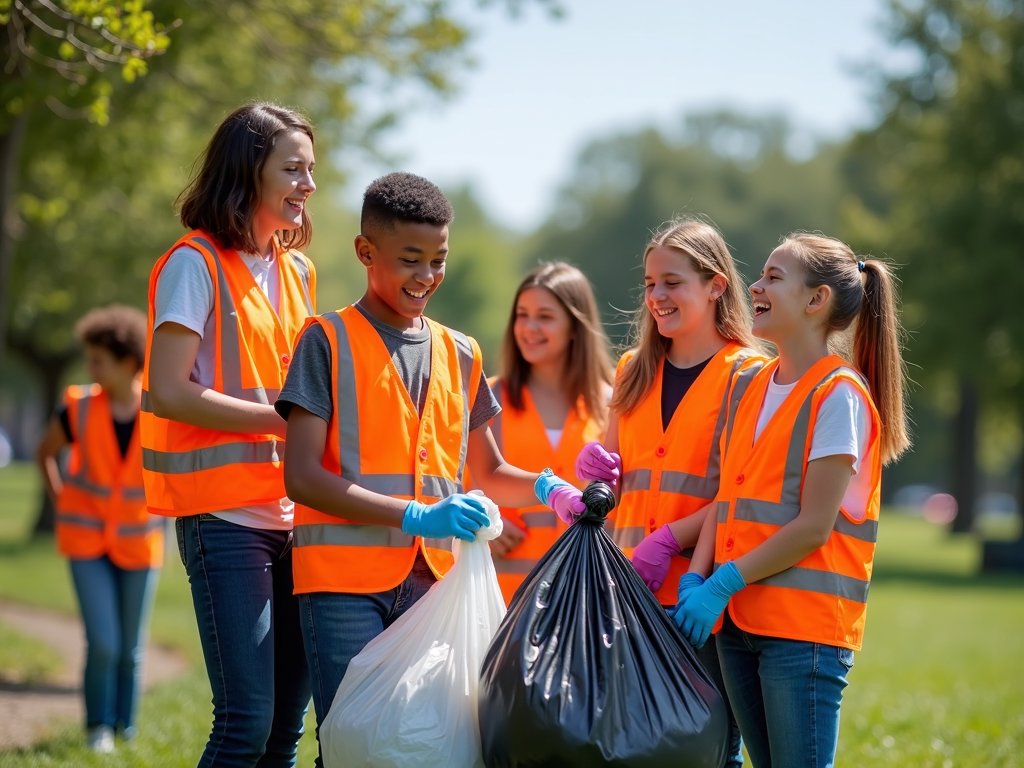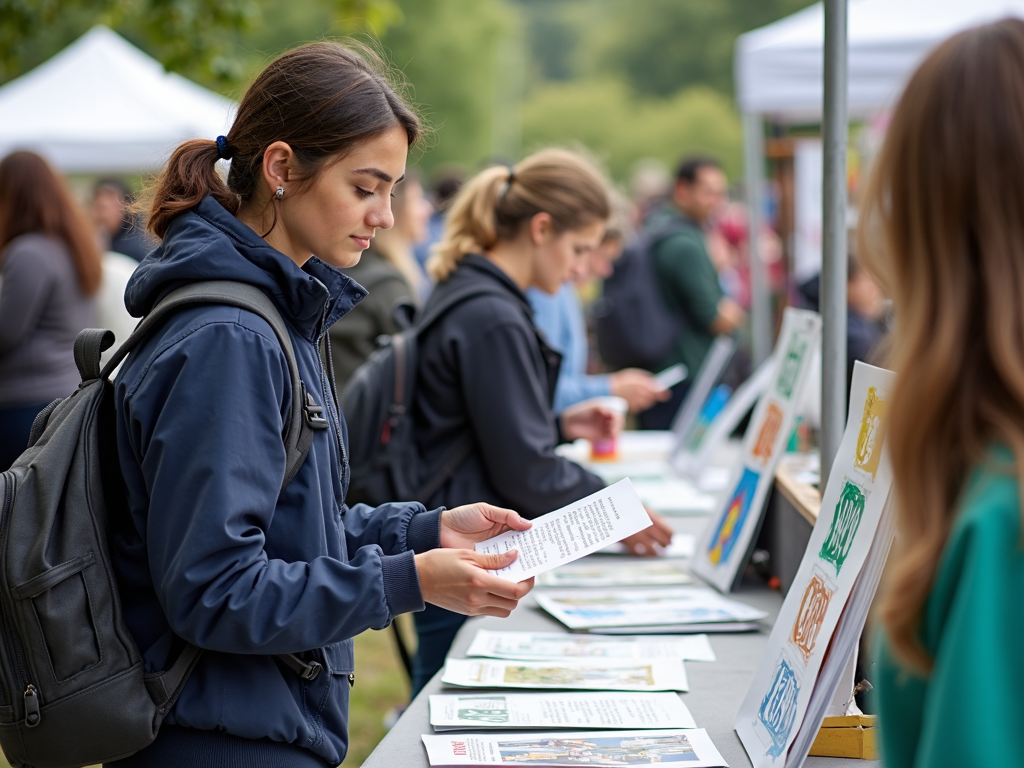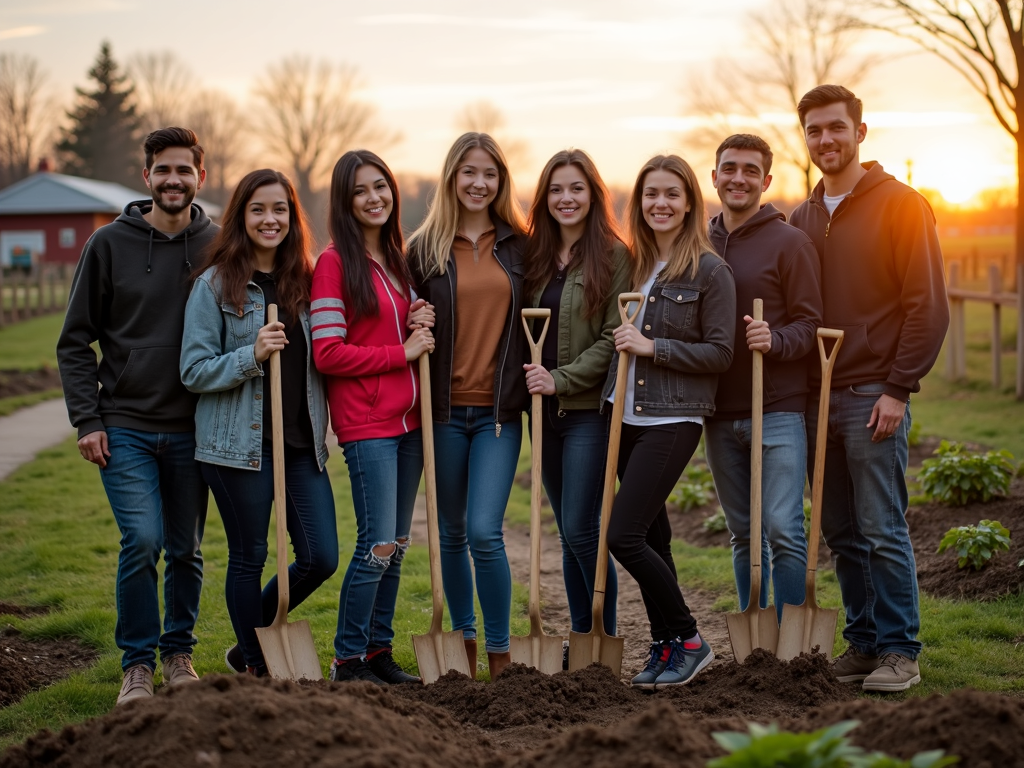Creating Impact Through Service Learning: A Guide to Meaningful Change
By , June 14, 2025
Overview: What Is Service Learning?
Service learning is more than just volunteering—it’s a way to learn by doing something good for your community. Imagine studying biology while planting trees or learning history by helping at a museum. This article dives into Creating Impact Through Service Learning, exploring how it works, why it matters, and how you can join in. Whether you’re a student, teacher, or just curious, there’s something here for you.
How Service Learning Works
Service learning connects what you learn in class to real-world action. It’s hands-on. For example, if you’re studying math, you might help a local charity budget its funds. The idea is simple: you tackle a community need while picking up skills and knowledge. It’s not random volunteering—it’s planned, tied to lessons, and includes time to think about what you’ve done.

Why It’s Different from Volunteering
Unlike regular volunteering, service learning has a double focus: helping others and growing yourself. When you volunteer, you might serve soup at a shelter because it feels good. In service learning, you’d do that same task, but also reflect on hunger issues and connect it to a class on social studies. It’s about understanding the ‘why’ behind the work.
The Power of Reflection
Reflection is a big deal in service learning. After a project, you sit down and think: What did I learn? How did this change me? I once tutored kids in reading and realized how much patience I’d gained—something I didn’t expect. That step turns a task into a lesson, making the experience stick with you.
Benefits for Students
Service learning does a lot for you. Studies—like one from the National Service-Learning Clearinghouse—show it boosts grades and teamwork skills. It also ties into service learning and civic engagement, teaching you to care about your community. I’ve seen shy students become leaders after organizing a fundraiser. It’s real growth you can feel.

Benefits for Communities
Communities win too. Schools and local groups team up, filling gaps like food drives or park cleanups. A friend of mine helped build a community garden, and now families grow fresh veggies there. It’s not just a one-off—it builds lasting ties between people and places.
Types of Service Learning Projects
Projects vary widely. Some are quick, like a weekend trash pickup. Others last months, like mentoring younger kids. Here’s a quick list:
- Short-term: Collecting donations for a shelter.
- Long-term: Teaching coding to underserved teens.
- Class-based: Writing essays about local history for a museum.
The key? It’s meaningful and linked to learning.
How to Get Started
Want in? Start small. Ask your teacher about service learning programs at school—many already have them. No luck? Check with local nonprofits. I started by joining a group that needed help at a food bank. They taught me about nutrition while I packed boxes. Look for something you care about, and dive in.

Challenges You Might Face
It’s not always easy. Time’s a big one—balancing school and service can feel overwhelming. Sometimes, projects don’t go as planned. I once planned a cleanup, but it rained all day! We adapted, sorting donations indoors instead. Flexibility and a positive attitude go a long way.
Real Stories, Real Impact
Let me share something personal. In college, I joined a project teaching kids about recycling. We made games out of trash sorting, and their excitement was contagious. Months later, a parent told me her son still sorted at home. That’s Creating Impact Through Service Learning—small actions that ripple out.
Service Learning and Civic Engagement
This isn’t just about now—it’s about your future. Service learning plants a seed for caring about your world. The Corporation for National and Community Service found that students who do it are more likely to vote and volunteer later in life. It’s training for being an active citizen.

Tips for Success
Here’s what I’ve learned:
1. Pick a project you’re excited about.
2. Set clear goals with your team.
3. Reflect often—it’s where the magic happens.
4. Don’t be afraid to ask for help.
These steps keep you motivated and make the experience worthwhile.
Why It Matters Long-Term
Service learning isn’t a trend—it’s a movement. It’s about building a world where education solves problems. Every project, from tutoring to planting trees, adds up. It’s how we create change, one step at a time. And it starts with you.

Wrapping Up: Your Next Step
Creating Impact Through Service Learning is about blending education with action. It’s a chance to learn, grow, and help others—all at once. Whether you’re a student or just inspired, try it. Talk to your school, find a cause, and start making a difference. The world needs it, and so do you.